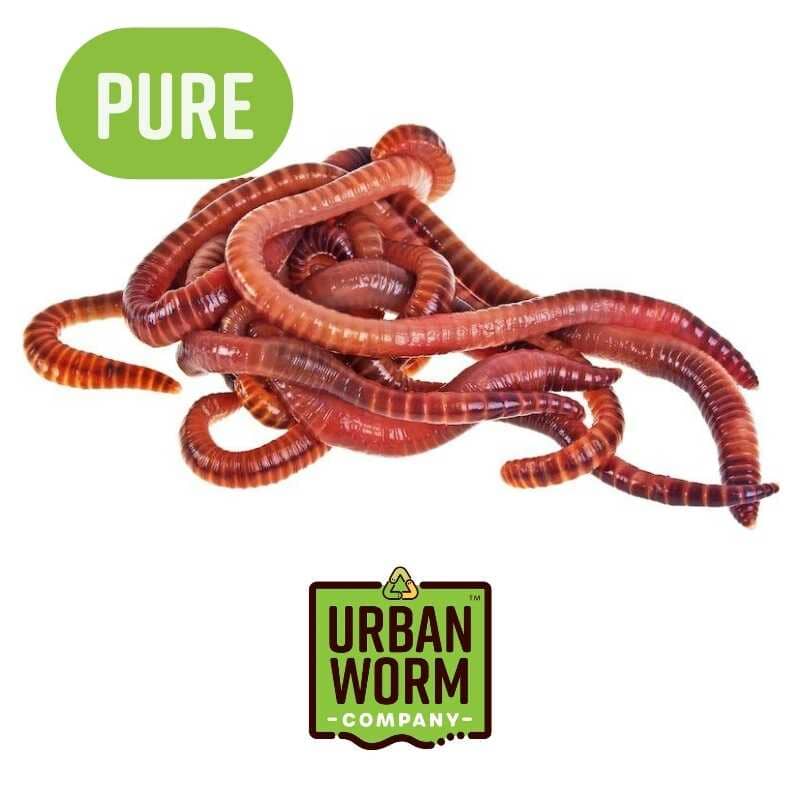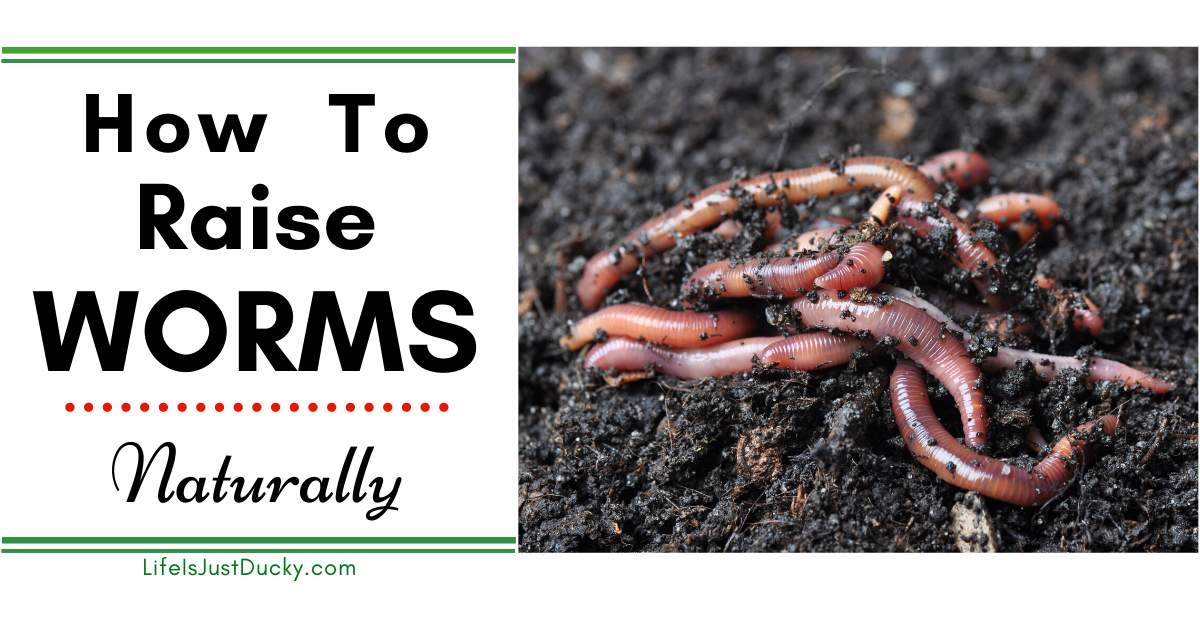Discover Where to Buy Red Wigglers for Your Next Composting Project
Discover Where to Buy Red Wigglers for Your Next Composting Project
Blog Article
The Ultimate Guide to Taking Care Of Red Wigglers in Your Yard
Taking care of red wigglers in your yard is an essential element of lasting composting practices that can substantially boost soil health and wellness and fertility. Recognizing their particular habitat needs, nutritional preferences, and maintenance needs is important for cultivating a productive vermicomposting environment. As we discover the nuances of establishing up a favorable room and the best feeding techniques, the effects of these methods will become increasingly obvious. Nevertheless, the journey does not end with standard treatment; there are innovative methods that can even more optimize your outcomes, inviting a deeper expedition into the world of vermiculture.
Understanding Red Wigglers

Red wigglers are defined by their reddish-brown coloration and segmented bodies, which can mature to 4 inches in length. They possess a high reproductive price, generating cocoons which contain several embryos, dramatically increasing their population in suitable environments. Where to buy red wigglers. Their physiology enables them to tolerate numerous wetness levels, although they thrive in wet problems, preferably between 60 ° F and 80 ° F.))

Establishing the Habitat
Developing an optimal environment for red wigglers is important for optimizing their composting effectiveness and overall health. Red wigglers thrive in a moist, dark environment with a temperature level range of 55 to 77 degrees Fahrenheit.
When choosing a container, select one that is well-ventilated to enable air circulation while protecting against excess moisture loss. Plastic bins, wood boxes, or specialized worm bins are all effective choices. The base of the container ought to have water drainage holes to stop water build-up, which might result in anaerobic conditions damaging to the worms.
For bed linen, use shredded cardboard, newspaper, or coconut coir, guaranteeing it is not soaked yet wet. This bedding offers not only as a habitat but likewise as a resource of carbon. On a regular basis check the dampness level of the bedding, and include water as necessary to preserve the ideal wetness. By establishing these problems, you will develop a successful atmosphere for your red wigglers, encouraging effective composting and much healthier worm populations.
Choosing the Right Food
Selecting the suitable food for red wigglers is essential for their health and composting efficiency. These worms thrive on a well balanced diet plan that includes a variety of organic products. Perfect food sources contain vegetables and fruit scraps, coffee premises, smashed eggshells, and shredded paper. It is vital to avoid meats, milk items, and oily foods, as these can attract pests and create undesirable odors in the composting setting.
Red wigglers prefer food that is cut or shredded, as this enhances area and advertises extra effective food digestion. Furthermore, introducing food in little amounts stops overfeeding, which can result in anaerobic problems harmful to worm wellness. Keeping an eye on the worms' eating behaviors can also provide insights; if the food is eaten rapidly, think about progressively raising the quantity.

Maintaining Moisture and Temperature Level
A well balanced diet plan is only component of the equation when it comes to making sure the health and wellness of red wigglers; maintaining correct wetness and temperature is just as important. Red wigglers thrive in a damp environment, preferably between 70-85 ° F(21-29 ° C) This array supports their metabolic procedures and improves their ability to disintegrate raw material efficiently.
On the other hand, too much dampness can create anaerobic conditions, which might hurt the worms and produce undesirable smells. Consistently examining the wetness web content and readjusting as necessary is necessary for a thriving worm population.
In terms of temperature level, extreme fluctuations can be damaging. If temperature levels go beyond 95 ° F(35 ° C) or drop below 50 ° F(10 ° C), the worms may end up being inactive or die. To minimize temperature extremes, take into consideration utilizing insulation for exterior bins or relocating the container to a temperature-controlled or shaded area. By carefully managing both moisture and temperature level, you create an optimal environment for red wigglers, enhancing their efficiency and total wellness.
Harvesting Garden Compost and Treatment Tips
Harvesting garden compost from your red wigglers is a gratifying process that not only advantages your yard yet additionally enhances the performance of your worm bin - Where to buy red wigglers. To begin, select a harvesting approach that suits your configuration-- whether it's the tray, pyramid, or typical bin technique. Each method enables the splitting up of garden compost from worms efficiently
As soon as you're ready to harvest, concentrate on timing. Ideally, wait up until the garden compost is dark, crunchy, and earthy-smelling, typically after three to six months of food digestion. To collect, you can gently excavate the compost from one side of the bin, enabling worms to migrate to the undisturbed side. You can utilize light to urge worms to burrow much deeper, making it easier to collect the completed compost.
Treatment suggestions after collecting consist of restoring your worm container with fresh bedding and food scraps to keep a healthy worm populace. Ensure that the wetness and temperature level levels stay optimum, and on a regular basis keep an eye on for any type of indicators of distress among the worms. By adhering to these techniques, you'll make sure a sustainable cycle of garden compost manufacturing that improves your yard.
Final Thought
Finally, the successful treatment of red wigglers necessitates an extensive understanding of their habitat, nutritional demands, and environmental conditions. Developing Red Wigglers Free Shipping a suitable habitat with appropriate air flow and wetness degrees is essential for fostering their health and wellness and efficiency. Giving a well balanced diet regimen while avoiding unsuitable foods will help prevent parasite issues. Regular monitoring and appropriate maintenance will certainly make sure a flourishing vermicomposting ecosystem, ultimately yielding nutrient-rich compost that profits yard health and wellness and productivity.
By establishing these problems, you will produce a thriving atmosphere for your red wigglers, urging effective composting and much healthier worm populations.
The pH degree of the food is another crucial factor; red wigglers prosper in a somewhat acidic to neutral atmosphere.A well balanced diet is only component of the equation when it comes to making sure the wellness of red wigglers; preserving appropriate dampness and temperature is just as crucial. By meticulously handling both moisture and temperature level, you produce an optimum atmosphere for red wigglers, enhancing their efficiency and overall health.
Harvesting compost from your red wigglers is a fulfilling process that not only benefits your yard but additionally improves the performance of your worm bin.
Report this page